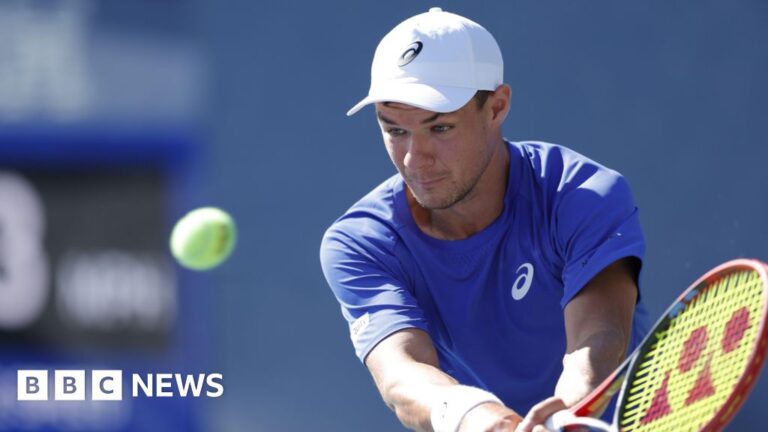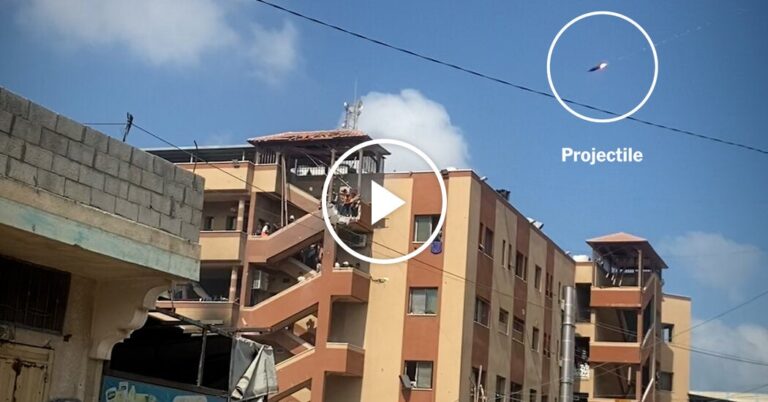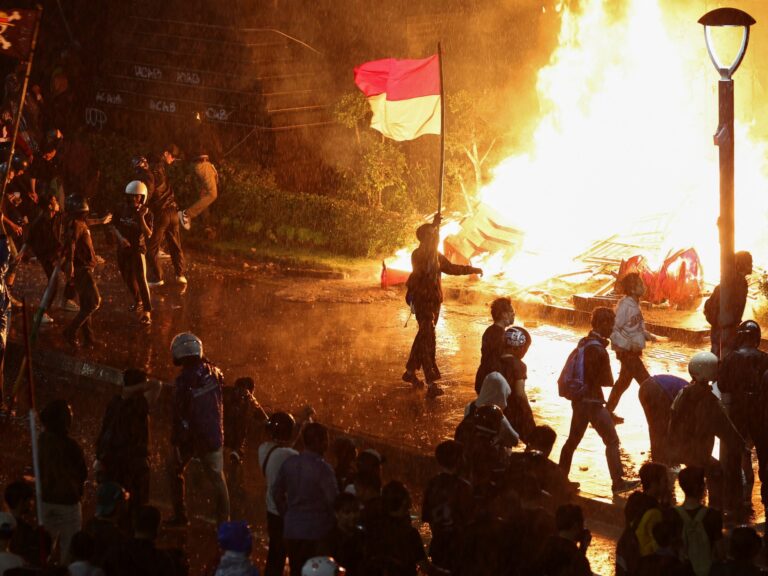By Madeline Folsom on SwimSwam

Welcome to the best-of-the best for the 2025 Women’s NCAA recruiting class rankings. We have already looked at the schools with 2025 women’s recruiting classes ranked #5-#16, and we have just four more to go.
See Also:
A few important notes on our rankings:
- The rankings listed are based on our Class of 2025 Re-Rank. “HM” refers to our honorable mentions and “BOTR” refers to our Best of the Rest section for top-tier recruits.
- Like most of our rankings, these placements are subjective. We base our team ranks on a number of factors: prospects’ incoming times are by far the main factor, but we also consider potential upside in the class, class size, relay impact, and team needs. Greater weight is placed on known success in short course yards, so foreign swimmers are slightly devalued based on the difficulty in converting long course times to short course production.
- Transfers are included, though they are weighed less than recruits who arrive with four seasons of eligibility.
- For the full list of all verbally committed athletes, click here. A big thank you to SwimSwam’s own Anne Lepesant for compiling that index – without it, rankings like these would be far less comprehensive.
- Some teams had not released a finalized 2025-26 team roster at the time these articles were published, meaning it’s possible we missed some names. Let us know in the comments below.
Honorable Mentions
- UCLA, Wisconsin, South Carolina
Previously Ranked
- #16 Notre Dame Fighting Irish
- #15 Duke Blue Devils
- #14 Ohio State Buckeyes
- #13 Louisville Cardinals
- #12 Michigan Wolverines
- #11 USC Trojans
- #10 Princeton Tigers
- #9 Tennessee Volunteers
- #8 Georgia Bulldogs
- #7 Indiana Hoosiers
- #6 NC State Wolfpack
- #5 Texas Longhorns
#4 Florida Gators
Florida was 3rd at last year’s NCAA Championships, but they lost four of their top five point scorers after the season. They have a very strong class of nine athletes coming in with three diving recruits that will be huge for their point totals at both SECs and NCAAs.
Grace Rabb was our #6 ranked recruit for 2025, and she leads the Gator recruiting class with her backstroke and IM times being crucial in replacing Bella Sims. Rabb’s best time in the 200 back of 1:52.13 would have placed her comfortably in the ‘B’ final at NCAAs and her 200 IM would have been just outside scoring position. Rabb also has a best 100 backstroke time of 52.09 will bring her in just behind rising junior Catie Choate.
Our #9 ranked Lilla Bognar will also be headed to Gainesville, where her IM prowess will make an immediate impact. Her 400 IM time of 4:05.50 would sit just outside the ‘A’ final at NCAAs, but the time comes from when she was 15, and she had a very strong swim last summer at the Olympic Trials. She hasn’t swam a meet this year, which makes it hard to determine where she will be when she gets to Florida, but she is coming in with a time two seconds faster than Emma Weyant was as a high school senior, and Weyant developed into an NCAA title holder in the event.
They also grabbed HM Lynsey Bowen, whose 4:39.51 in the 500 free puts her less than a tenth back of the NCAA cutline in the event, and BOTR recruit Zuri Ferguson, who will come in with backstroke times of 52.6 and 1:53.3 to add depth to the backstroke roster at Florida.
Bowen has stagnated slightly the past year, with her top 500 freestyle time from the season coming in at 4:54.42 from January.
The Americans will be joined by two international sprint recruits Beatriz Bezerra and Sylvia Statkevicius. Bezerra’s best 50 free time converts to 22.26 and Stakevicius’s would convert to 22.53. Neither one of these are NCAA qualifying swims, but they will help bolster the 200 free relay finished 23rd last year. Statkevicius is also strong in the 100 free (converted 48.69) and 200 free (converted 1:45.20) that will help on relays. Bezerra comes in at a converted 49.21 in the 100 free, but her 100 fly of 58.99 converts to 52.80 which will be one of the top fly times on the team this season.
There will be three divers joining the Florida team that did not graduate any divers after last season. Alexa Fung and Maria Fernanda Garcia are both coming in as likely point scorers with Fung switching her commitment from Texas. Fung won the World Junior Championships in the 1-meter springboard in 2022 and will be a huge addition to the program
Fernanda Garcia finished in the top 8 at the 2024 World Junior Diving Championships in all five events she competed in (mixed team, 1-meter springboard, 3-meter springboard, 3-meter synchronized, and 10-meter platform), and recently was 12th in the 3-meter and 15th in the 1-meter at the World Championships in Singapore.
#3 Virginia Cavaliers
The five-time NCAA Champions Virginia might have lost their biggest star in Gretchen Walsh last year, but they will not be giving up the title easily. They are bringing in a large class of 11 swimmers, five of which are ranked recruits from our class of 2025 and two are huge international athletes.
Starting with the American swimmers we have the #4 ranked recruit in Colorado’s Madi Mintenko. A freestyle specialist, Mintenko will come in as a potential NCAA ‘A’ finalist in two events and has times under the cutline and in potential scoring position in four other events, though she will likely be a freestyle specialist for the Cavaliers.
Her 200 free of 1:43.20 (altitude adjusted 1:42.00) and her 500 free of 4:36.66 would have been 6th and 7th respectively at the 2025 meet, and her 100 freestyle time of 47.47 would have been 10th overall. She will be a huge addition to their freestyle relays with times that rival the athletes at the top of the program as a freshman.
The #17 ranked Raya Mellott will step into a relatively deep breaststroke program that had five sub-1:00 breaststrokers last season and will see three of them return. Her time of 59.53 puts her just over the cutline in the event and would have been 6th on the team last year. Her 200 breaststroke time of 2:09.53 is just under the cutline of 2:09.58.
Honorable mention Sophia Umstead, and BOTR recruits Lily Gormsen and Sylvia Roy will all add depth to their areas of expertise with Umstead sitting relatively close to the NCAA cutlines in the 200 IM and 200 breast and all three coming in as potential conference scorers.
Virginia also picked up two major international recruits in Lana Pudar from Bosnia and Herzegovina and Sara Curtis from Italy.
Pudar is two-time Olympian and World Junior Champion in the 200 and 100 butterfly events in 2023. Her 100 fly time of 56.95 converts to 50.28, which would be in the ‘A’ final and challenging for a medal position at the NCAA Championships, but she has not dropped time in the event since 2023. Her 200 fly also converts to an ‘A’ final time of 1:51.55, but she hasn’t dropped since 2023 in that event either. Even if she is off these times, though, she should be a strong addition to the butterfly program.
Curtis recently finished 8th in the 100 freestyle and 9th in the 50 freestyle at the 2025 World Championships in Singapore, and her lifetime bests of 24.41 in the 50 and 53.29 in the 100 were both set at that meet. These swims convert to 21.56 and 46.96, which are both comfortably within the ‘A’ final for the NCAA Championships. These swims will make a massive impact on the UVA sprint relays that lost their top swimmer after last season. While conversions are not an exact science, it is safe to say that Curtis is one of the strongest international recruits coming in and her impact looks like it will be significant, especially if she develops the way Virginia’s other sprint freestylers have over their four years.
They also have a few transfers who will add depth to the sprint freestyle program in double sport athlete and NCAA DII record holder Bryn Greenwaldt, Auburn transfer Lawson Ficken, and Richmond transfer Melissa Nwakalor, who was a Division I NCAA qualifier in the 50 and 100 freestyle last season. Any combination of these three women could swim on the 200 freestyle relay at the NCAA Championships.
Heavy is the head that wears the crown, and, while Virginia is bringing in some huge recruits this year, they have some huge names they are replacing. Only Pudar appears to be coming in at the top of the program, and that is only in the 100 butterfly where she hasn’t swam a best time since 2023. The rest of their recruits are strong, but they have to be strong if they want win another NCAA title.
#2 Stanford Cardinal
Stanford did not pick up an exceptional number of recruits, but the seven they did get will be huge for them in trying to take over Virginia’s top spot on the podium. There are also less questions about their performance because the recruiting class is entirely American.
The Cardinal only lost 60 NCAA points after last season with the graduation of Aurora Roghair and Lillie Nordmann, and they are well on their way to making up those point totals this season with all seven recruits making an impact on the team.
Their top ranked recruit was #13 Addie Robillard who will join NCAA Champion Lucy Bell in the breaststroke events as the fastest 200 breaststroker in the class. Her 2:07.75 from Winter Juniors was just over a tenth off from what it took to qualify for the ‘B’ final in the event. She is also strong in the 100 breaststroke, where her 59.33 is under the cutline, and she will be training with the current top 200 breaststroker in the NCAA.
Just behind her in the rankings was Alana Berlin, who seems likely to compete the dirty double at the NCAA Championships with times in the 100 back and 100 fly that are under the NCAA cutline. Her 100 back time of 51.33 would have been the fastest on the team last year, and will be very strong on the medley relay. She has also been 51.46 in the 100 fly which will come in behind Torri Huske and Gigi Johnson in team rank.
Berlin fills a gap in the Stanford team that finished in the top five in every relay except the 400 medley, where they were 6th. Berlin’s 51.33 is more than a second faster than Annika Parkhe swam leading off the relay, and moves them up to 4th overall.
The Cardinal will also benefit from sprint freestyler Annam Olasewere, the #19 recruit, is coming in under the cutline in the 50 free and just over it in the 100 free. Olasewere is on a very strong improvement curve, though, dropping almost two tenths in the 50 and almost a second in the 100. She also has had a strong long course season, qualifying for the World Junior Championships in the 50 free after finishing 7th at Nationals in 24.62. She will be a massive relay swimmer for Stanford, contributing to their 200 free relay and 400 free relay. Her time in the 50 would have been 2nd on the team last year, only behind Huske, which means that she could also end up on the 200 medley relay making her a three relay swimmer as a freshman.
The cardinal also did not put anybody in the 50 freestyle finals last year, a feat that Olasawere is less than a tenth from accomplishing as a freshman, filling another open space on the roster.
HM Ella Jablonski and BOTR Ella Detter will both add depth to the fly and freestyle programs with Jablonski leaning more towards the sprint freestyle and Detter being stronger in the 200.
Rounding out the class are two very strong divers Ellie Cole and Molly Gray. Both are World Junior silver medalists, with Gray taking the silver in the 1-meter diving in 2022 and Cole coming in 2nd in the synchronized 10-meter event last year. Cole also qualified for the Paris Olympics in 2024, where she earned a spot in the final, finishing 7th on the 10-meter platform.
They will join a diving program that scored just 14 points at last year’s NCAAs, leaving a lot of room for these two to earn a ton of points this season.
Stanford edges out Virginia for the 2nd spot on this list because their recruits are filling empty spaces in the overall program. Olasawere and Berlin are coming in as potential finalists in two of the only events that Stanford did not put any athletes in the final for.
#1 Cal Golden Bears
This list is incredibly subjective and most schools could make a reasonable case for being ranked higher than they are. A lot of this list has been splitting hairs to determine what school ranks higher, and schools have changed positions numerous times through the writing and compiling of it. The only constant throughout the process? Cal’s spot at the top.
Not only did the Golden Bears pick up the 2nd, 3rd, 5th, 12th, and 18th ranked recruits for the class of 2025. They also got Japanese butterflyer Airi Mitsui and Norwegian breaststroker Silje Slyngstadli. No other team has more than three top-20 recruits. Cal has five.
They were supposed to be even better, with the top recruit for 2025, Alex Shackell, originally sending her verbal commitment to Cal. Despite her flipping to Indiana, so she could train part time at her club team, the Cal class remains at the number one spot, representing just how strong it is.
Teagan O’Dell is the highest ranked recruit coming in for Cal at #2. She holds the top times in the class in the 100 and 200 backstroke and the 200 and 400 IMs and she will walk into Berkeley with times that would qualify for the NCAA ‘A’ final in the 200 free (1:42.47), 200 back (1:49.16), and the 200 IM (1:52.61). She saw large improvements last year in all three of these events, and even dropped under 48 seconds in the 100 free, coming in at 47.74, which would have been 2nd on the team last year. Her 200 free is 1:42.27 which would have been 2nd to the graduated Lea Polonsky. Both will be huge for Cal’s relays, especially with her 50 freestyle of 22.14 also being among the top four. O’Dell will realistically swim on four NCAA relays as a freshman, and could follow up those performances with three ‘A’ finals swims.
Olympic medalist Claire Weinstein sits at #3 in the class only because her distance orientation is slightly less impactful on relays. Weinstein is one of the broadest range freestylers we have ever seen, nearly making the World Championships team in the 100 free and the 1500 free in the same year. The 200 free is her long course wheelhouse, but she has the potential to sweep the 200, 500, and 1650 freestyle events over her four years in college. She beat the reigning champion in the 500 and 1650, Jillian Cox, head-to-head in both the 800 and 1500 freestyle at nationals and her lifetime best in the 500 of 4:29.38 is well under last season’s winning time. She hasn’t swum a terribly large number of SCY 1650s, only racing one a year, but her best time of 15:51.64 is still under the cutline and the top eight threshold. Her 100 free time of 47.95 also would have been one of the top times on the team last year, and will likely earn her a spot on the 400 freestyle relay.
Annie Jia is the #5 ranked recruit with best times of 50.35 in the 100 fly, 48.07 in the 100 free, and 1:45.79 in the 200 free (which could also end up on the 800 freestyle relay). Her 100 fly and 100 free times are both under the NCAA cutline with her 100 fly coming in as a potential ‘A’ finals swim. She has also been 22.05 in the 50 free, which sits just four hundredths over the NCAA cutline of 22.01. She is another swimmer who could end up on four relays for the Bears with her sprint freestyle and butterfly times.
They are also bringing in the fastest 100 breaststroker in the class, #12 Elle Scott. In February, Scott blasted a 100 breaststroke swim of 58.56 to make her the only swimmer in the class under 59 seconds, and put her just under three tenths from an NCAA ‘A’ finals swim in the event. This will make a huge impact on the medley relay that could be mostly freshmen. Scott is also a potential scorer in the 200 breast, where her 2:08.62 sits just outside of scoring range, and in the 200 IM, where her 1:56.25 is less than a second out of 16th.
Cal also adds #18 recruit Ella Cosgrove, who has times of 1:45.07 and 4:37.98 in the 200 and 500 freestyle. Her 500 freestyle is under the NCAA cutline in the event, and will put her in ‘B’ finals scoring position at 12th overall. Her 200 free sits just over the line of 1:44.74, but she has dropped about a second a season since 2021, and isn’t showing signs of slowing.
They will add depth with BOTR recruit Alexa McDevitt, an IMer who comes in at 1:58.6 and 4:12.5 to join O’Dell in the IM group, and Gracyn Aquino, a sprint freestyler with times of 22.65 and 49.58.
Japan’s Airi Mitsui and Norway’s Silje Slyngstadli will round out the recruiting class. Mitsui is an Olympic semifinalist in the 200 butterfly, where her time of 2:08.71 finished 11th overall. Her lifetime best in the event of 2:06.54 from the Japanese Olympic Trials converts to 1:51.79 which would have tied for 4th last year.
Slyngstadli was 29th at this summer’s World Championships in the 100 breaststroke with her swim of 1:08.31. Her best time comes from April of this year, and sits at 1:07.53 which converts to 59.83.
Cal might not be in contention for the title this year, but they seem geared to massively improve their 8th place finish. Give them a few years and they could be the team to beat in March.
Read the full story on SwimSwam: Ranking the 2025 Women’s NCAA Recruiting Classes: #1-4











